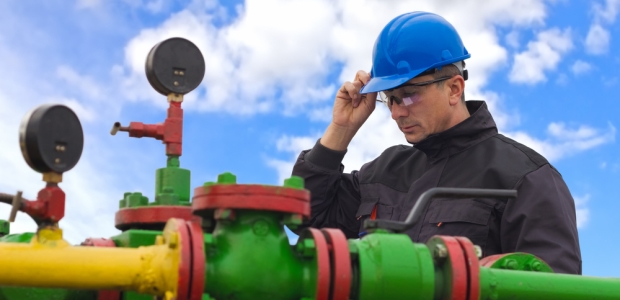
LDAR programs are shifting from reactive to proactive, evolving from mere compliance to actively seeking and repairing leaks to using the best available control technology and practices to prevent leaks from occurring in the first place. Mandated use of preventive technologies and programs could be next.

In terms of emissions and energy use, trucks are the second-largest segment in U.S. transportation.

Intense climate change in states like California has resulted in wildfires that are not easily containable, leading to health risks due to air pollution.
"This settlement requires Cemex to use state-of-the-art technology to reduce harmful air pollution, improving public health in vulnerable communities across the South and Southeast," said Assistant Administrator Cynthia Giles of EPA's Office of Enforcement and Compliance Assurance.
EPA expects the International Civil Aviation Organization will adopt its environmental committee's agreement on international aircraft CO2 standards in March 2017. EPA anticipates moving forward on standards that would be at least as stringent as ICAO's standards.
The National Program was developed jointly by the EPA and DOT, in coordination with CARB. It applies to passenger cars and light-duty trucks through model year 2025 and requires manufacturers to improve average fuel efficiency and reduce average greenhouse gas emissions over time.
The process enters the SCR system at a relatively low temperature, so a heat exchanger/burner combination was incorporated into the system. The heat exchanger greatly improves the overall energy efficiency of the system while maintaining the small footprint Chemtrade required.
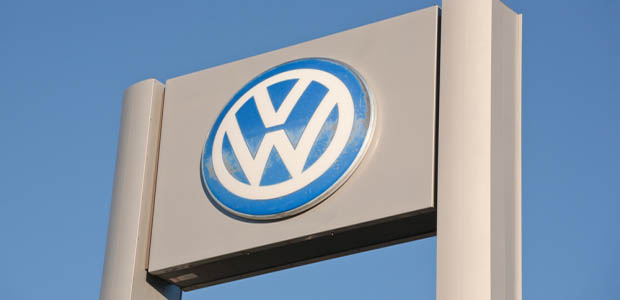
In two settlements, Volkswagen will be require to pay $14.7 billion to settle allegations of cheating emissions tests. $10 billion will be used to buyback affected cars and the remainder will be spent on pollution mitigation and zero-emission vehicle technology.

The company reported that its operations reduced greenhouse gas emissions, solid waste to landfill, water intake, and hazardous waste generation by between 6 and 11 percent in 2015.
The settlement filed June 9 in a Detroit federal court amends a 2012 consent decree involving Marathon's flares. When the changes are fully implemented, emissions of VOCs, sulfur dioxides, and nitrogen oxides will be reduced by approximately 1,037 tons per year, according to EPA and the Justice Department.

EPA recognizes DFW Airport for its leadership in Greenhouse Gas Management.
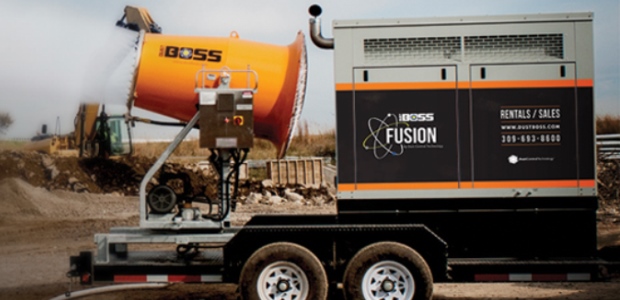
Controlling dust while eliminating the use of high-pressure hydrants and reducing the amount of visible runoff can help reduce the number of complaints to local and state environmental authorities. Methods that both conserve water and suppress dust carry multiple benefits beyond compliance.
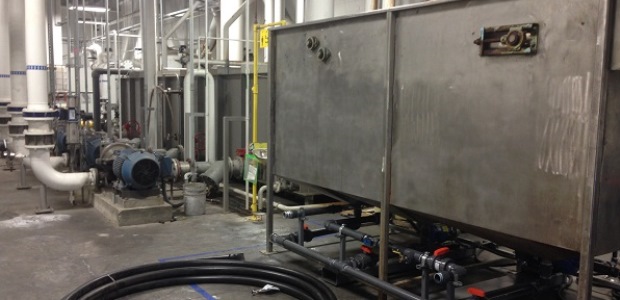
Anguil Aqua Systems, LLC provides turnkey water treatment systems and, working with its parent company, can supply integrated air and water treatment solutions.
The Department of Environmental Quality said its investigators continue to seek the source of the heavy metal selenium that has been, on average, elevated in southeast Portland's air since March 1.
Nine states in the central United States will work on issues related to air pollution moving between states and provide lower-cost training for states' staffers.
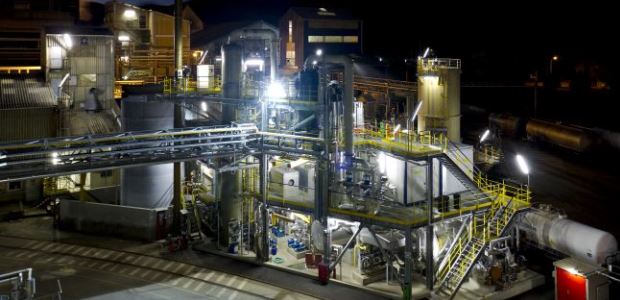
For this manufacturer of organic chemicals operating many smaller processes, a single centralized thermal oxidizer system was the most cost-effective path to expand production while meeting new emission controls requirements.
This article originally appeared in the April 2016 issue of Environmental Protection.
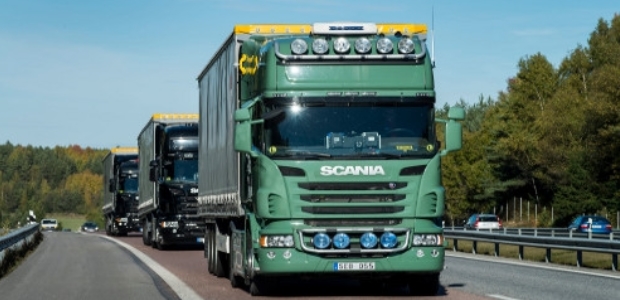
The challenge is also backed by ACEA, the European Automobile Manufacturers Association, with hopes to accelerate the development of convoy-driving corridors in Europe and pave the way for EU legislative changes.

Stakeholders' concerns range from asbestos and lead-based paint typically found in older and/or legacy data centers to fire-resistant clothing, contractor and construction management, elevated work such as portable and fixed ladders, and rooftop maintenance.
This article originally appeared in the April 2016 issue of Environmental Protection.
EPA reported it is expanding its initiative focused on reducing toxic air pollution by adding large storage tanks and hazardous waste facilities to its work to address public health threats.
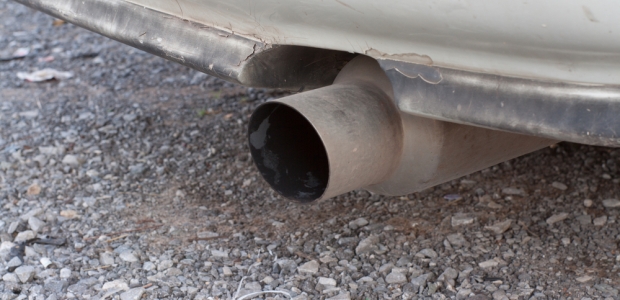
The time is right to begin looking beyond the tailpipe and instead consider the full life cycle emissions of vehicles. The trend is not unlike what has happened in the construction industry over the last several years.